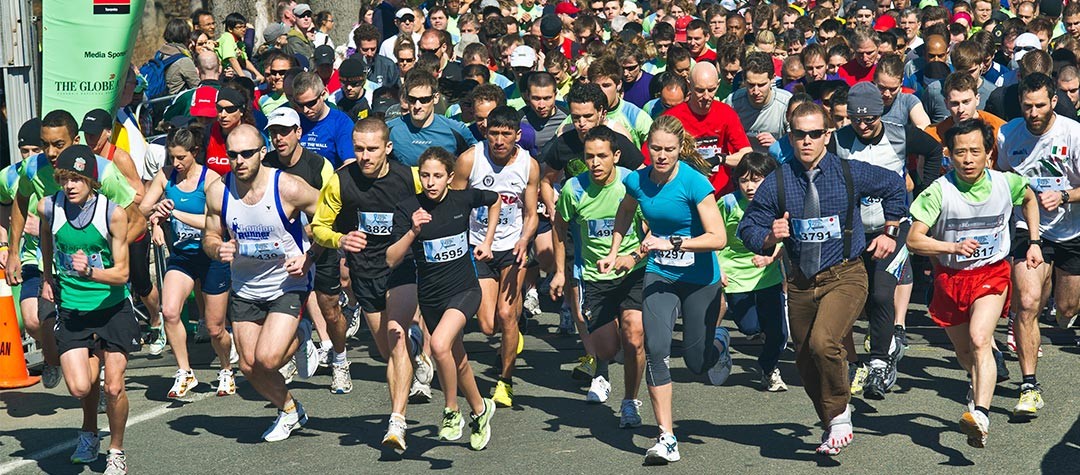Race disasters happen from time to time, but how do you make sure they don’t occur frequently during your 5k races.
There is a good chance that you have done your local 5k race or time trial and posted a good time you're happy with, but there has probably been a time where you have had a complete disaster!
This might be down to having one too many drinks the night before, in which case it was expected but other times you might be a bit stumped as to why that happened. The 5k is one of the hardest distances to train for as there is an element of speed required but also endurance even though it is just a little over three miles. Getting the combination of these things right is the challenge that a lot of coaches and athletes spend years trying to perfect and it really does vary between athletes. It can take an awfully long time to discover what training works for you before you can run the perfect race.
You should be able to run the 5k at a certain pace which feels comfortable and then work on getting quicker by increasing your training
If you feel like you can just about get round the 5k distance running at the pace you are, then it is probably a sign that you are lacking endurance and simply need to be a bit stronger. You should be able to run the 5k at a certain pace which feels comfortable and then work on getting quicker by increasing your training. This can be solved by increasing your mileage slightly (using the rule of no more than 10% per week) or running longer at race pace in training. It is possible to work on both speed and endurance at the same time, however not in the same session.
Doing a weekly long run will help with your endurance and then a speedier session once a week will help with your pace for the 5k. A speed session would involve running at slightly quicker than race pace for a short period of time before taking a rest and repeating for a set number of times.
A good example of a session like this and one that is very much suited for a 5k would be 10 x 400m off a short 1-2 minute recovery. You should aim to run each 400m effort quicker than your race pace. This will help with your speed because the more times you do the session, the fitter you’ll get and you should find that you'll be able to run each one a little faster. Remember though that your times will come down over a course of weeks and not days because building fitness is a slow process.
The best 5k time you run will be one where the pace is even throughout and even a little faster towards the end of it.
During the actual 5k race itself you need to be careful about how fast you start, as running too hard too early can lead to big trouble. What will happen is that your body won’t be used to running at that pace and will start to produce lactic acid. This in turn will build up in the legs to the point where you are faced with no option but to slow down. To prevent this you need to learn some pace judgement. Start off steady and build into the race, so my advice is that you click off the first 1km and then assess your pace. If you feel like you can go a little quicker, then increase your pace but not too suddenly. The best 5k time you run will be one where the pace is even throughout and even a little faster towards the end of it.
Remember when you’re training for a 5k that you’re not preparing for a half marathon or a marathon so your long runs really don’t need to be 20 miles. Save that for when you actually do train for a marathon. You want to keep the speed in your legs and really focus on running fast during your workouts and use the long run almost as recovery, but do try to get a maximum of 15 miles in. That is building up to 15 miles and not doing that right off the bat! Stay bouncy, stay fast so you can really push hard in the 5k. Good luck, and remember it won't happen overnight and there is no need to race every weekend, do the training, and then plan some races.
Picture credit: avevizavi_com / Shutterstock.com















